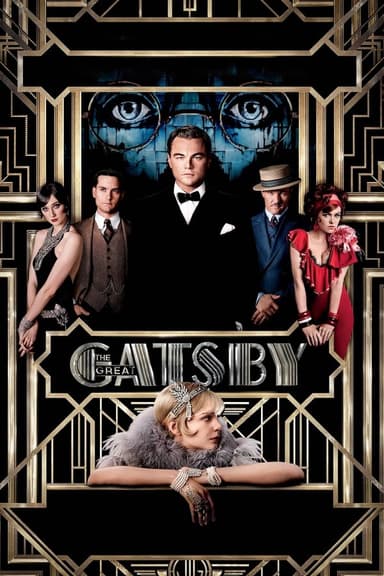
The Story of Sin
1975 • Drama, Romance • R
A beautiful Polish girl whose lover has gone to Rome to seek a divorce from his previous wife travels around Europe in search of him and suffers a variety of tragic adventures as the men around her try to fit her into their own selfish schemes.
Runtime: 2h 10m
Why you should read the novel
Stefan Żeromski’s The Story of Sin draws readers into a compelling world of passion, morality, and psychological complexity. The novel’s narrative offers greater depth than any cinematic portrayal can, revealing intricate layers of social critique and emotional struggle.
The beauty of Żeromski’s original text lies in the sharp introspection and the raw vulnerability he grants his heroine, Ewa Pobratyńska, fostering empathy beyond the scope of onscreen performances. The novel’s lush, detailed prose immerses the reader in the cultural and historical context of fin-de-siècle Poland, unmasking the era’s social conventions and human frailties.
By experiencing the source material, readers are treated to nuanced motivations, inner conflicts, and subtleties of character that the film only hints at. To truly understand Ewa’s tragic journey and Żeromski’s critique of societal hypocrisy, reading the novel is indispensable and vastly more rewarding than merely watching the adaptation.
Adaptation differences
The 1975 film adaptation simplifies the layered narrative of Żeromski’s novel, condensing several subplots and secondary characters to fit within the film’s runtime. This streamlining necessarily removes much of the societal critique and intricate background that gives the book its depth, focusing instead on Ewa’s most dramatic relationships and crises.
Significant portions of Ewa’s interior life, so central to the novel, are rendered only visually or through sparse dialogue in the movie. Readers of the book encounter her confessional, conflicted thoughts and feelings, which are harder for the film to convey, resulting in a more external, less psychologically complex portrayal.
The pacing of the film diverges from the novel’s slow unraveling of Ewa’s fate. Where the book allows her decline to unfold over time, amplifying the sense of inevitability and social suffocation, the film accelerates her journey, sometimes making her choices appear sudden or less motivated.
Finally, the tone and ending of the story are less ambiguous and meditative in the film adaptation. Żeromski’s novel explores themes of redemption, guilt, and societal pressure with nuance and tragic ambivalence, while the film’s visual style sometimes opts for melodrama over subtlety, altering the emotional impact and resolution of Ewa’s story.
The Story of Sin inspired from
The Story of Sin
by Stefan Żeromski










